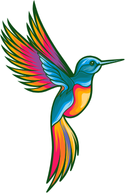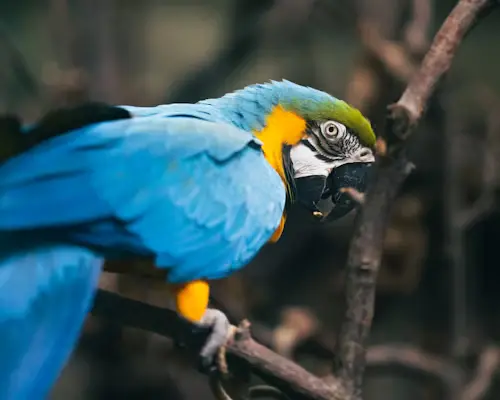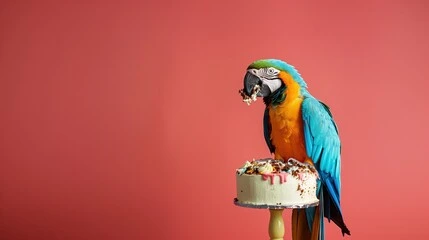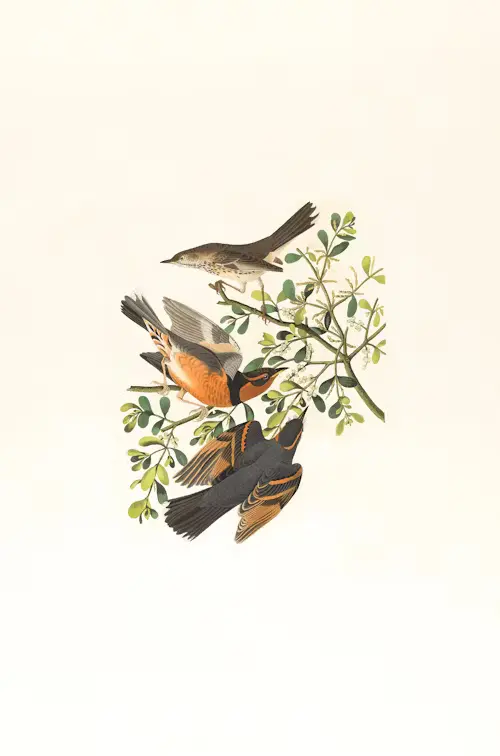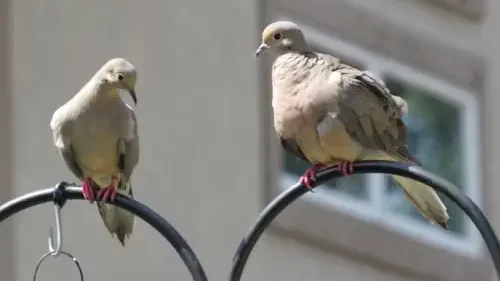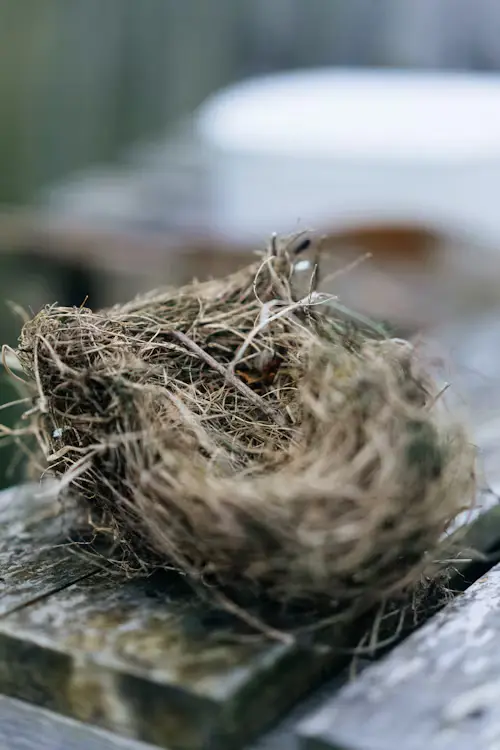Can You Potty Train a Bird: Happy Ultimate Guide to Mess-Free Living
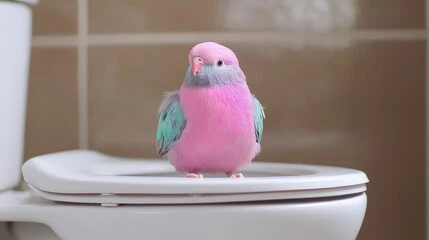
Let’s talk about the unglamorous side of bird ownership: the poop. That adorable African Grey on your shoulder? It feels like a biological time bomb. Your conure’s playful exploration of your keyboard? Often ends in a tiny, undesirable surprise. You’re probably wondering, Can you potty train a bird? Is it actually possible to manage this natural, frequent mess without resorting to a life draped in towels?
The answer is… yes, it’s possible, but with important caveats. Potty training your parrot or other intelligent bird species requires patience, keen observation, and a deep understanding of their biology and limitations. Done incorrectly, it can even be harmful. This guide will equip you with the real deal – separating fact from fiction, prioritizing your bird’s health, and giving you practical bird potty training tips that work. Get ready to reclaim your furniture and enjoy your feathered friend, mess-managed!
Table of Contents
Why Birds Poop So Much (It’s Not Personal!)
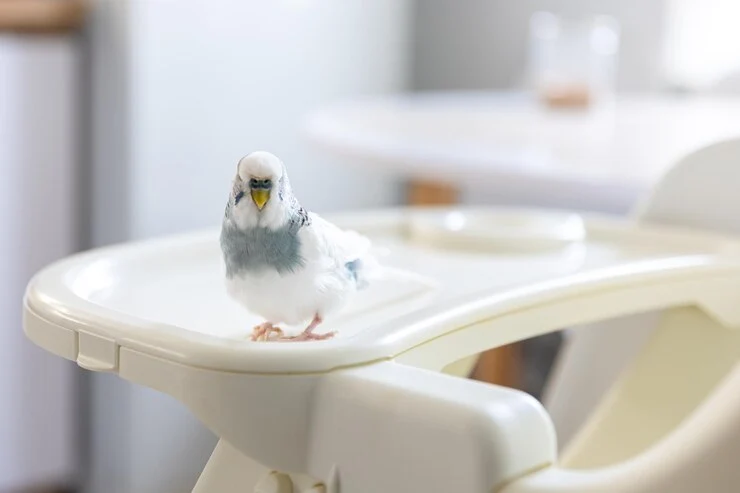
Before diving into training, understanding why your bird is a poop machine is crucial.
- Rapid Digestion: Birds have incredibly fast metabolisms. Their food passes through their digestive systems quickly – often within 15 to 30 minutes after eating. This means frequent, small droppings.
- Lightweight Flight Design: Holding waste adds weight, hindering their primary survival skill – flight. Evolutionarily, it’s advantageous for them to eliminate often and efficiently.
- Cloaca Function: Unlike mammals with separate systems, birds have a single opening (the cloaca) for waste, reproduction, and urine (which is part of their solid droppings). This means every “potty” event is a combination.
Trying to fight this biological reality is futile. The goal isn’t to stop them from going, but to redirect where they go as much as possible.
Can Parrots Be Potty Trained? Understanding the Reality
Highly intelligent birds like parrots (African Greys, Amazons, Cockatoos, Conures, Budgies etc.) possess the cognitive ability to associate actions with consequences. This means, yes, can parrots be potty trained. They can learn to associate a specific cue (your word, a location) with eliminating and wait briefly to do it there for a reward.
However, this comes with significant risks and limitations that many sources downplay:
- Health Hazard (The Biggest Risk): Birds are NOT designed to “hold it.” Expecting them to wait for extended periods can lead to serious health complications:
- Cloacitis: Inflammation and infection of the cloaca.
- Constipation/Impaction: Backed-up waste can cause blockages.
- Kidney/Liver Stress: Forcing waste retention increases toxicity in their system.
- Limited Capacity: Even the best-trained bird can only hold waste for short bursts, typically on the order of 5-15 minutes at absolute maximum. Forget about hour-long movie nights without a trip to their designated spot.
- It’s Inconsistent: Factors like diet (more fruit/veg = more watery/more frequent poop), stress levels, excitement, and even health status affect their elimination schedule. They simply don’t have the bladder/bowel control of mammals.
The Verdict: You can teach a bird to eliminate on cue in a specific location for a short period before natural urges take over or upon arrival at that spot. True “potty training” like a dog isn’t physiologically feasible or safe long-term. Manage expectations accordingly.
How to Potty Train a Parrot (Safely & Effectively)
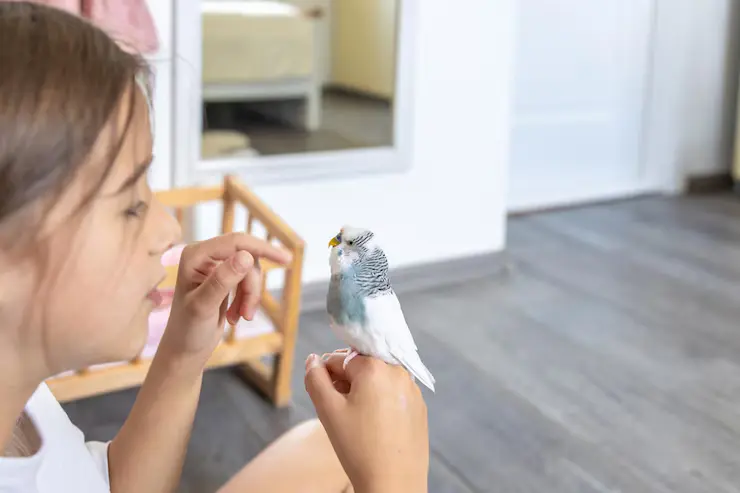
Here’s your step-by-step guide to how to potty train a parrot effectively while prioritizing their health. Remember, training yourself is the first step!
Step 1: Become a Poop Detective (Mastering Timing)
Forget about forcing your bird to hold it; the key is anticipating nature’s call. On average, well-fed small birds poop every 15-30 minutes. Larger birds might go 30-45 minutes. But this varies!
- Observe: Spend a day tracking. Note when your bird typically eliminates, especially after waking up, eating, or drinking. Jot down times or set a timer roughly every 15 minutes as a reminder.
- Spot the Signs: Watch for subtle pre-poop body language: slight tail lift, wing flicking, shifting weight, squatting slightly, or a focused stillness.
Crucially, never punish an accident. Fear suppresses elimination, creating further health risks and damaging trust.
Step 2: Choose Your Potty Spot & Cue
- The Spot: Pick easily accessible, safe locations. Examples:
- A dedicated perch over paper-lined trash bin (disposable/recyclable).
- A small tray with paper/newspaper on a stable surface (play gym, designated table spot).
- A specific waste basket with a perch attachment.
- The Cue: Choose a short, unique sound. Common choices:
- “Go Potty” (clear and distinct)
- Psss noise
- Click (if you clicker train) **only after elimination happens (marks the behavior).
Step 3: The Training Process: Patience & Rewards
- Capture the Moment: As you anticipate elimination time (based on your observation/timer), gently take your bird to the designated potty spot. Say your chosen cue phrase once clearly. Hold them calmly over the spot.
- Wait & Reward: If they eliminate successfully while at the spot, immediately praise lavishly (“Good bird! Good potty!”) and offer their absolute favorite treat (a special seed, tiny nut piece, nibble of fruit). Timing is critical! This links the action (eliminating in place) with the super-positive outcome.
- Accidents Happen: If they go before you get there or anywhere else, simply clean it up calmly and quietly. No reaction. Don’t shout, don’t glare. Negative attention is still attention. Just wipe it away and move on. Reacting strongly can actually create more confusion or fear around elimination.
- Consistency is King: Stick to the same cue, same reward each time. Consistency reinforces the behavior.
- Keep Sessions Short: Aim for a few minutes per session, several times a day. End on a positive note (a success or a trick they know) to maintain enthusiasm. Building confidence strengthens behavior!
Bird Potty Training: Timing & Expectations Table
| Bird Size/Type | Avg. Poop Frequency | Realistic “Hold” Time | Max Safe Wait Time | Best Training Approaches |
|---|---|---|---|---|
| Small (Budgies, Cockatiels, Lovebirds) | Every 15-20 minutes | Very brief (seconds) | Under 5 minutes | Focus on location prediction; frequent trips. |
| Medium (Conures, Caiques, Small Poicephalus) | Every 20-30 minutes | Short (30-60 seconds) | Under 10 minutes | Solid cue association; reliable timing & reward. |
| Large (Greys, Amazons, Cockatoos, Macaws) | Every 30-45+ minutes | Slightly better | Under 15 minutes | Strongest candidate for cue/location training; still requires care. |
Step 4: Managing Risks & Avoiding “Hold It” Pressure
Keep in mind potty training can be dangerous! Birds are not meant to hold onto their poop. Let this truth guide every interaction.
- NEVER push beyond natural urges. If they don’t go within 10-15 seconds at the spot? Return to normal activity. Try again later.
- NEVER punish or withhold rewards if they eliminate prematurely. It’s your timing that was off, not their failure.
- Reward ONLY for eliminating at the spot AFTER they naturally need to go. Don’t reward for just “hanging out.”
- Observe Droppings: Look for signs of stress in their poop – changes in color, consistency, or frequency can signal dehydration or illness triggered by holding it.
When Potty Training Isn’t Right: Alternative & Supplemental Strategies
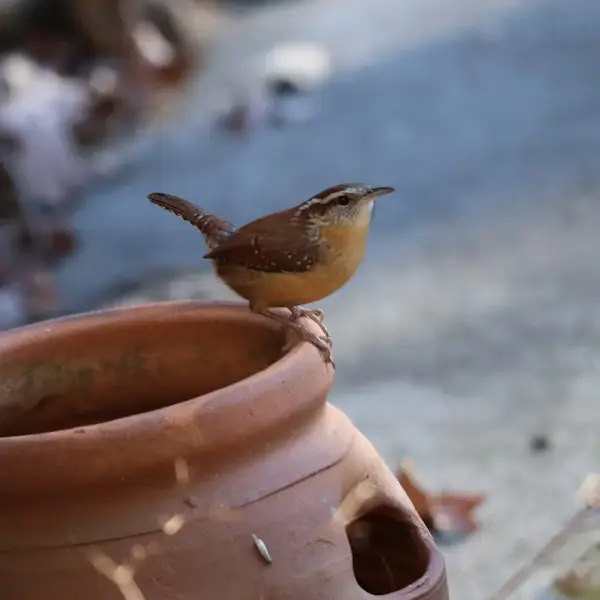
Potty training isn’t feasible or desirable for everyone. Here are effective alternatives:
- Strategic Cover: Place washable covers (towels, blankets) or newspaper/mats over habitual hangout spots – the back of the couch, the favorite chair, under the play gym. Keep protective wipes handy.
- Designated Play Zones: Keep bird play areas, like play stands, securely over easy-to-clean floors using pet-safe trays or tiled surfaces. Bird cages should always be covered at the bottom for easy removal of papers.
- Bird Diapers: Harnesses with tiny cloth/removable diaper inserts exist. They’re controversial due to potential skin issues, stress of wearing, and masking cloaca signals. Thorough research and vet consultation are essential if leaning towards diapers. They are usually better suited for very short-term needs, like travel.
- Manage Freedom: Limit unsupervised out-of-cage time, especially on absorbent fabrics. Supervised playtime right after cage cleaning is often the safest path for everyone.
- Diet Tweaks: Consult your vet. Certain foods influence poop frequency and consistency. Higher fiber pellets can sometimes lead to slightly less frequent, firmer droppings, but shouldn’t be the primary strategy. Always prioritize balanced nutrition.
Frequently Asked Questions (Can You Potty Train a Bird?)
Q: Can you potty train a bird?
A: Kind of. Highly intelligent birds like parrots and cockatoos can learn to eliminate on cue in a designated spot if they naturally need to go at that moment. Full “potty training” where they reliably hold it for long periods is impossible and dangerous.
Q: What types of pet birds can be house-trained?
A: You’re most likely to succeed with species known for their intelligence and trainability, like African Grey Parrots (African Grey secrets here), Amazons, Cockatoos, Conures, Eclectus, and large Macaws. Budgies and Cockatiels can learn basic associations but are less likely to be consistent due to their smaller size and faster metabolism.
Q: How long does it take to potty train a bird?
A: It varies greatly based on the bird, your consistency, and their personality. Some grasp the basics in a few days; others take weeks. “Mastery” is relative, and accidents still occur.
Q: Are there risks to potty training my bird?
A: Yes, significant risks. Pressuring a bird to hold waste can cause severe health issues like cloacitis, impaction, and organ stress. Prioritize your bird’s health first and foremost.
Q: Is there a cue word used by experts?
A: Any short, distinct phrase or sound works: “Go Potty,” “Do Business,” a tchk tongue click, or a short whistle. Crucially, use the cue AS they are preparing to go at the spot or IMMEDIATELY AFTER they finish. Never shout it repeatedly.
Q: How bad is the poop really? Can a bird ever be “fully” potty trained?
A: By mammalian standards? It’s significant and frequent. While intelligence enables learning specific elimination spots with effort, they simply cannot physically control elimination the way mammals do. Don’t expect absolute perfection. Real owner perspectives discussed here.
Embracing a Cleaner Reality With Your Feathered Friend
So, can you potty train a bird? Technically yes, under specific, carefully managed conditions focusing on training yourself to spot those critical “go” moments and rewarding the behavior in a safe location. Really, it’s better thought of as “waste location training.” But it demands respect for your bird’s biological limitations. Never risk their health for your convenience.
The path to a less messy co-existence involves realistic expectations, strategic cleaning solutions (protective covers are lifesavers!), close observation of habits, and above all, patience and kindness. Love your vibrant feathered family member. Celebrate their intelligence with positive reinforcement training that enhances communication, not frustration. Accept that a little poop is part of sharing your space with living descendants of dinosaurs! Plus, cleanup gets faster with practice.
Got your own bird potty training triumphs or sticky situations? What strategies work for managing your feathered friend’s natural habits? Share your stories and questions in the comments below – let’s build a supportive, poop-savvy community together! Don’t forget to subscribe for more tips on building a magical bond with your pet bird.
